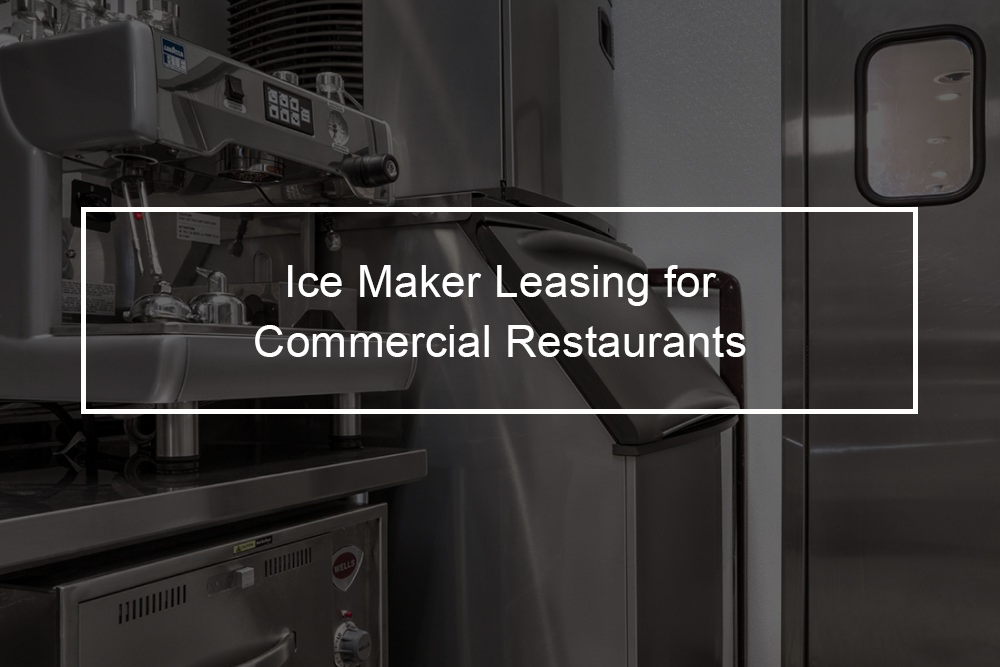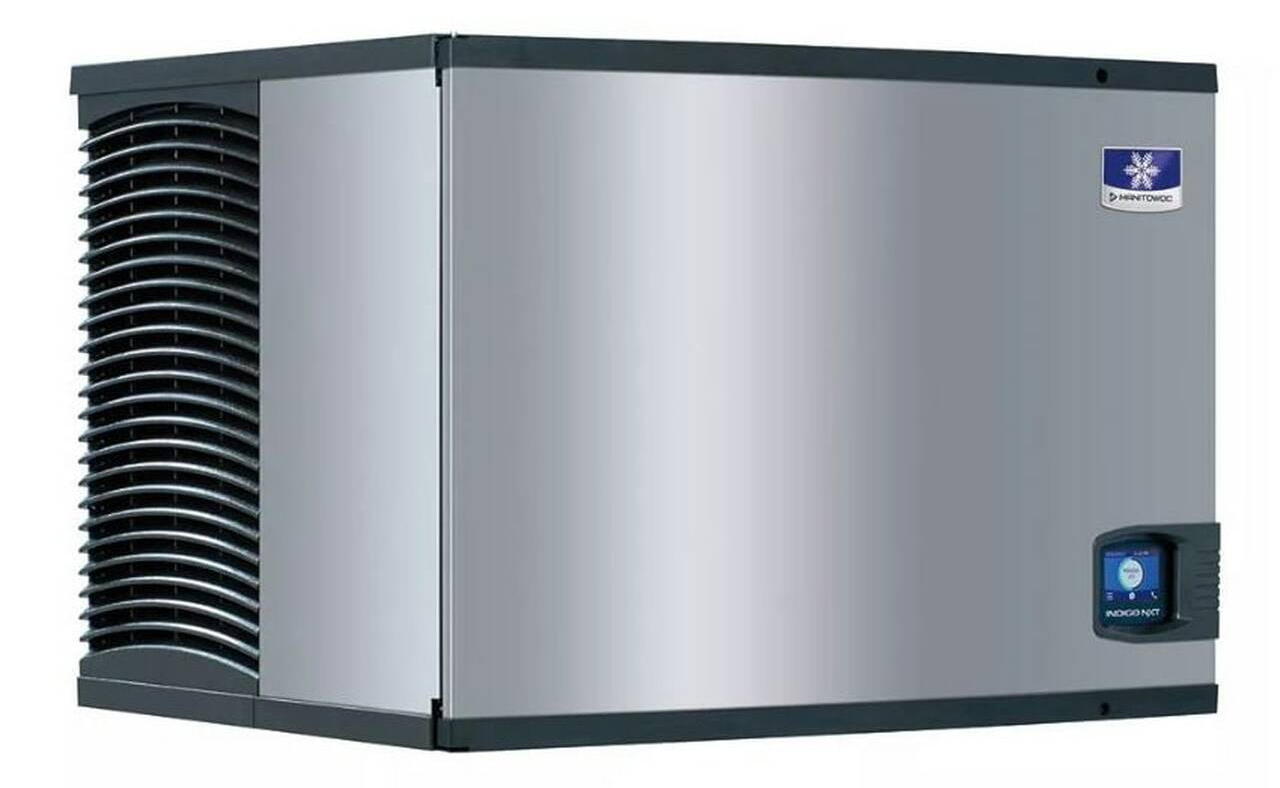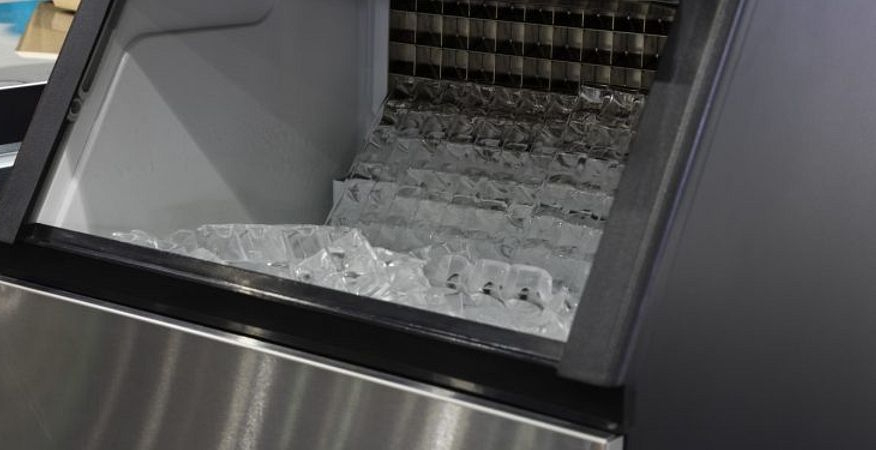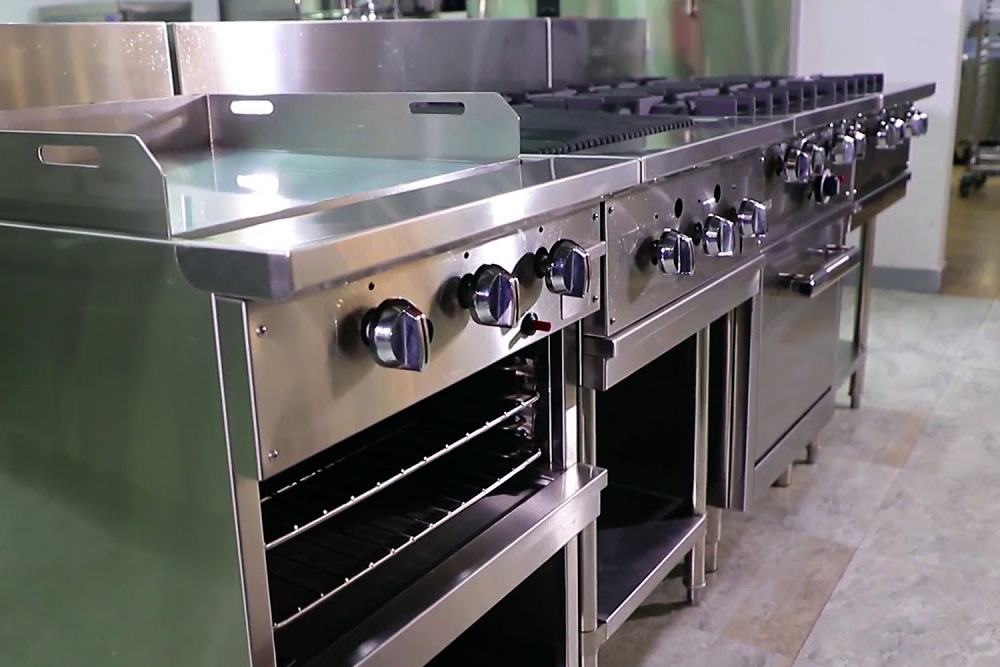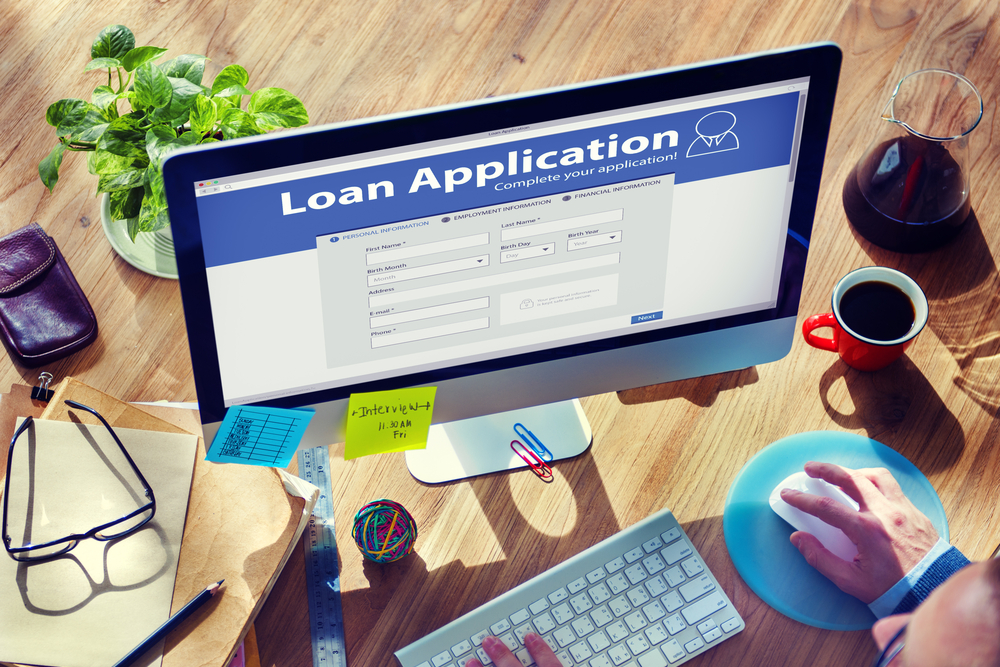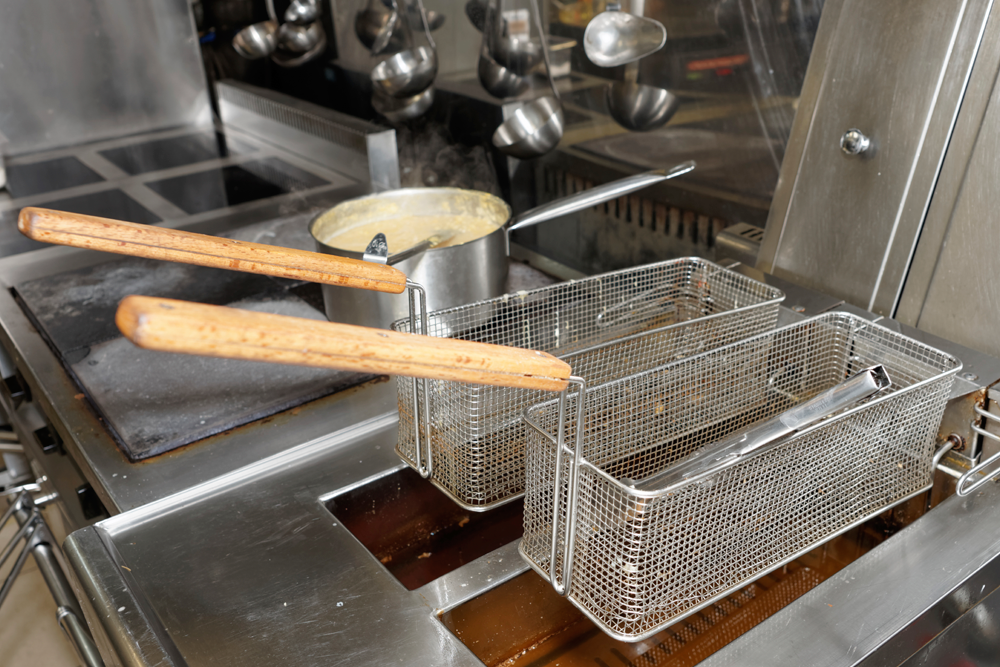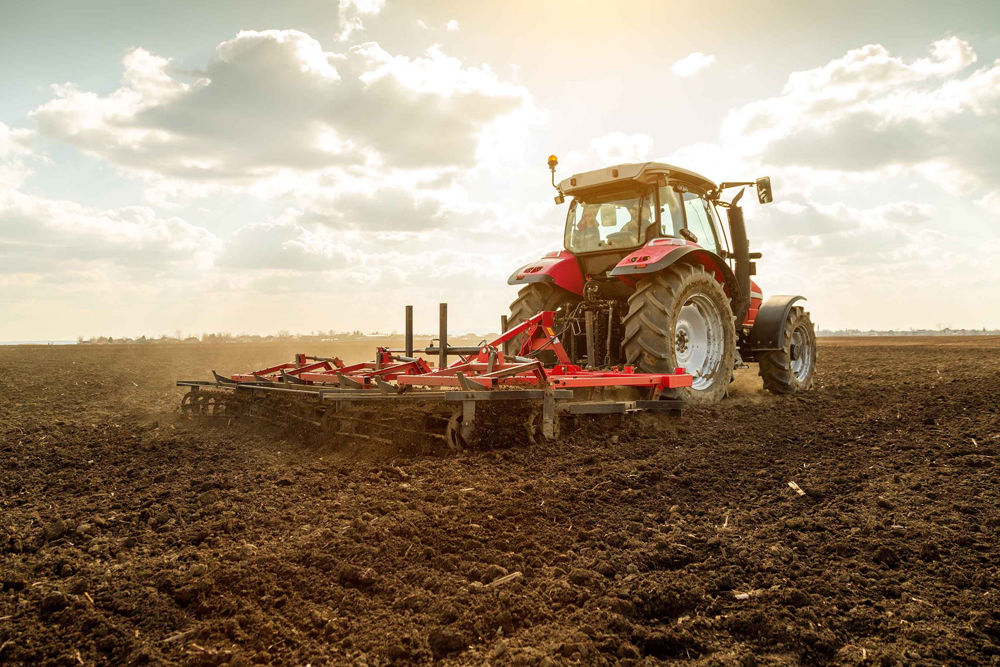Financing your restaurant equipment like the Manitowoc IDT 0900W ice maker is always possible, no matter your financial situation. However, restaurant equipment can become extremely expensive. Certain walk-in refrigerators can become extremely costly. Walk-in refrigerators can cost up to $14,000, all the equipment you might need can cost up over $150,000. Numbers like these can be intimidating, but no stress. You can always lease some pieces of equipment and also finance your restaurant equipment. You might have more options than you thought.
Whether you are a rapidly growing restaurant chain or a small mom and pop restaurant, all restaurants need new equipment. Updating your equipment will keep your service speedy and efficient. We have compiled some information that will help you when financing an ice maker. Here is everything you need to know about how to lease Manitowoc IDT 0900W-Space Maker ice maker.
Manitowoc IDT 0900W-SPACE MAKER overview
This ice maker appliance by Manitowoc is designed to make up to 839 lbs of dice-size ice cubes every day on unique locations such as cruise ships and yachts without taking up a lot of floor space in the galley. The top panel was created to run the utility connections via the top panel so that it can squeeze into a tighter space with only very minimal side and back clearance and still function. The SpaceMaker ice maker simplifies the maintenance procedure with its very own smart monitoring system that often scans for any potential problems to avoid unexpected failure and long downtime. The high-grade stainless steel exterior with easy to clean surface and excellent corrosion resistance will stand up to the stress of heavy use and harsher conditions. An isolation switch is readily available from the front so that you can instantly cut off the whole power from the unit as required. The front-facing evaporator enables you to easily reach and clean the food zone without getting rid of the top lid. The unit is completely sealed; however, the top and side panels can be removed easily, while the control panel is convenient for easy access.
Manitowoc IDT 0900W ice maker benefits and features
- 48 rhomboid-shaped cubes per pound of ice
- Has dimensions of 7/8″ x 7/8″ x 7/8″
- Ideal for dispensing and easy to break down in blenders and crushers
- Inexpensive and quick to make
- Perfect for drinks and beverages, ice bagging, and bulk cooling
- Slow-melting and high ice-to-water ratio for a maximum long-lasting effect
Manitowoc IDT 0900W ice maker benefits:
- 48 cubes per pound of ice
- Has dimensions of 7/8″ x 7/8″ x 7/8″
- Has a slow melt rate for reduced ice consumption
- Ideal for dispensing and easy to break down in blenders and crushers
- Inexpensive and quick to make
- Nearly 100% ice to water ratio for maximum cooling and lower production needs
- Perfect for drinks and beverages, ice bagging, and bulk cooling
Manitowoc IDT 0900W ice maker specifications:
- Ambient Temperature Range: 40-110 ̊F
- BTUH: 12,800 (average) 13,700 (peak)
- Condenser Water Usage/100 lbs of Ice: 135 gal/511 L
- Condenser Water: Min 20 psi (137.9 kPA) Max. 150 psi (1,034.2kPA)
- Electrical Connection: 208-230 v
- Maximum Fuse Size: 15
- Minimum Circuit Ampacity: 8.8 A
- Overall Dimensions: 30″W x 24″D x 21 1/2″H
- Performance Certification: AHRI at 90°/70°
- Potable Water Usage/100 lbs of Ice: 19 gal/71.9 L
- Production: Up to 839 lbs. of dice ice every 24 hours
- Refrigerant: CFC-Free R410A
- Safety Certifications: NSF, cULus, CE
- Water Pressure Ice Maker Water In Min 20 psi (137.9 kph) Max. 80 psi (551.1kPA)
- Water Temperature Range: 40-90 ̊F
Ways to lease restaurant kitchen equipment
Restaurant equipment leases come in many different configurations and provide much more variety and flexibility than comparable equipment loans. The kind of equipment lease that a company chooses should depend on the kind of equipment being financed, how long it is needed, it’s expected economic life, and if the restaurant intends to keep the equipment 9ice maker) at the end of the lease.
Operating lease vs. capital lease
Generally, there are two overarching categories that a restaurant equipment lease might be categorized as operating leases and capital leases. These two categories define the tax treatment a lease will get. As a general principle, all leases with a bargain purchase option in the contract are capital leases, and leases that do not need payment of a significant percentage of the equipment’s value during the lease term are operating leases.
Capital lease tax treatment
Capital leases get the same tax treatment as equipment loans and closely resemble ownership. Restaurant equipment financed with a capital lease might be depreciated following the IRR’s depreciation schedule under Section 179, including accelerated depreciation up to the equipment’s full value in the first year (or $1 million, whichever is less). Payments made to cover interest might also be written off as an interest expense, while principal payments might not.
Operating lease tax treatment
A piece of restaurant equipment financed with an operating lease is not entitled to depreciation and, from the IRS’s point of view, is not regarded as a property of the lessee. Instead, the company is paying rent on the equipment in return for the right to use the equipment for a particular period. Contrary to capital leases, the whole payment made on an operating lease might be deducted as an operating expense, similar to a short-term rental expense.
Types of restaurant equipment leases
- $ 1 buyout: Best for long-term ownership, similar to a loan
- 100 percent option: Best for long-term with lower payments and choose to walk away or upgrade
- Fair market value: Best for frequent upgrades or equipment that is only required short-term
Restaurant equipment leasing costs
The main biggest factor influencing restaurant equipment leasing costs is borrower credit, followed by the equipment’s condition and age. Interest rates charged by restaurant equipment leasing providers range between five to twenty percent on good to average credit. Most lenders charge administrative or lease origination fees, which affect APRs when financed. Restaurants should be prepared to pay between ten to twenty percent upfront on equipment leases, even though zero-down leases are available.
Restaurant equipment leasing fees and rates
- Administratie fee ($200 to $ 300): Many equipment leasing providers charge an administrative fee. These might be charged in addition to any company fees and application fees.
- Interest rate (five to twenty percent): Borrowers with excellent credit might see lease interest rates as low as five percent, with zero percent financing available on new equipment from certain manufacturers.
- Down payment (up to twenty percent): Well qualified borrowers (with a credit score above 680) with solid earnings might be able to lease equipment with no money down. Nonetheless, most businesses will want to plan for between ten to twenty percent.
- Lease origination fee (one to three -percent of lease amount): some lenders might charge an origination fee, which can usually be financed into the lease payment.
Qualifications for leasing restaurant ice maker
In most cases of any partners signing on behalf of the business, a business’s qualifications will drive the conversation around costs and terms, affecting everything from the interest of the amount of time equipment might be financed for. Most lenders will want to see a good borrower credit (at least 660) and stable revenues. Many lenders also need a year or more in business and $100,000 or higher gross annual revenue.
Some of the minimum qualifications for a leasing ice maker or most restaurant equipment
- Credit score (660 plus): To get the best terms, borrowers should have good credit (660 or more). But leases are available to owners with bad credit, often requiring a higher down payment, finance charges, or higher interest.
- Annual revenue ($100,000 +): In most situations, restaurants will need to show revenue. Some alternative lenders will work with new restaurants, in which case they will depend on projections of future revenue, and others have no minimums at all.
- Time in business (one or two years): Most lenders are looking for at least one or two years in business, while some banks might ask for three or more. Some alternative lenders will work with businesses with six months or fewer in business.
Whereas some lenders have strict criteria that must be met and want minimums met across the board to qualify, some lenders make credit decisions based on more complex cases. For instance, some lenders might be inclined to work with a business with no history and no revenue, as long as the borrower has very strong credit and can show revenue models that cover the cost of the equipment.
Lease from Top Financial Resources
Top Financial Resources will get you fast approvals, best rates, and flexible finance that work for you and your restaurant. We pride ourselves on being the go-to company for every kind of equipment lease, despite what service industry you are in. Our reliable, professional service, combined with flexible options and competitive leasing rates, make equipment leasing with Top Financial Resources your best choice. We work with you to get results and save money and time on all your leasing requirements.

